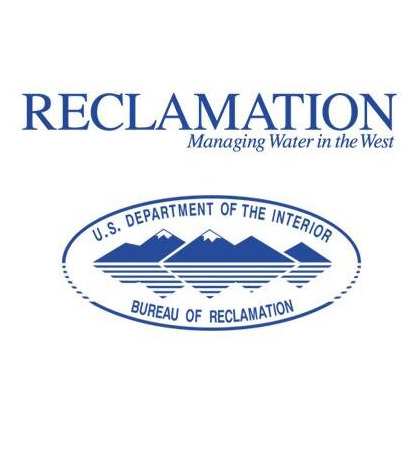A new, comprehensive study in the American River Basin in Northern California has been initiated by the U.S. Bureau of Reclamation to help inform water managers in the Central Valley Project regarding the development of detailed hydrologic analysis and models for the basin, including the consideration of the impacts of climate change. The study will also leverage existing stakeholder groups to identify and evaluate adaptation strategies specific to the American River Basin.
The basin encompasses some 2,140 square miles in California from its headwaters in the Sierra Nevada near Lake Tahoe to the city of Sacramento where it meets the Sacramento River. It is highly populated and the population is expected to grow 47 percent to nearly 3 million people by 2060. The basin supports salmon and steelhead listed under the Endangered Species Act and provides water to support the Bay-Delta ecosystem.
“Understanding the growing imbalances between water supply and demand in the West is important for Reclamation and its partners,” Reclamations’ Commissioner Estevan López said. “Working together and using the latest science and data we can develop options that will help us achieve a sustainable water supply.”
Basin Studies are collaborative studies, cost-shared with non-Federal partners, to evaluate the impacts of climate change and help ensure sustainable water supplies by identifying strategies to address imbalances in water supply and demand. Each study includes four key segments:
- State-of-the-art projections of future supply and demand by river basin, including the impacts of climate change.
- An analysis of how the basin’s existing water and power operations and infrastructure will perform in the face of changing water realities.
- Development of adaptation and mitigation strategies to meet current and future water demands.
- A trade-off analysis of the adaptation and mitigation strategies identified.
To complete the American River Basin Study, Reclamation has partnered with the Placer County Water Agency, El Dorado County Water Agency, City of Sacramento, City of Roseville, City of Folsom and Regional Water Authority.
The Basin Study Program is part of WaterSMART. WaterSMART is the Department of the Interior’s sustainable water initiative that uses the best available science to improve water conservation and help water resource managers identify strategies to narrow the gap between supply and demand.
Also part of the WaterSMART Basin Study Program will be Reclamations’ collaboration to study the St. Mary and Milk River Basins Study in Montana and Santa Fe Basin Study in New Mexico.
The St. Mary and Milk River Basins straddle the U.S./Canadian border. The basin study update will improve the modeling used in an initial basin study, which was completed in 2012. At that time, the basin study projected a 27 percent increase in irrigation depletion by 2050. Currently the basin is experiencing an annual shortage of 71,000 acre-feet, which represents 36 percent of the overall irrigation supply. The new modeling will support efforts to meet current and future water demands.
The Santa Fe Basin Study covers a 285 square mile sub-basin of the Rio Grande located in New Mexico. The original basin study completed in 2015 projected that shortages may reach up to 9,323 acre-feet by 2055, about 40 percent of projected demand within the basin. The update to the basin study will include an analysis to better understand the progression of shortages leading up to 2055. This update will assist in evaluating strategies to meet future water needs and evaluate strategies including water reuse, enhanced conservation, and grey water and rooftop catchment programs.
 California Water News Daily Your Source For Water News in California
California Water News Daily Your Source For Water News in California


